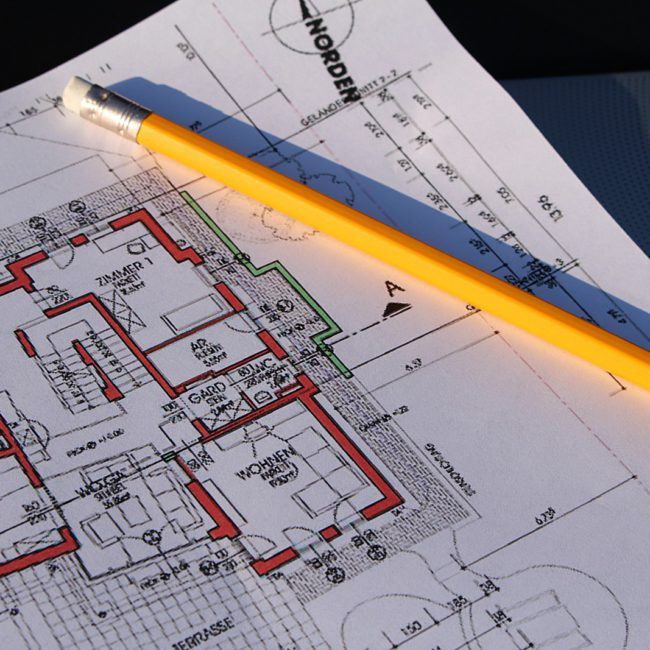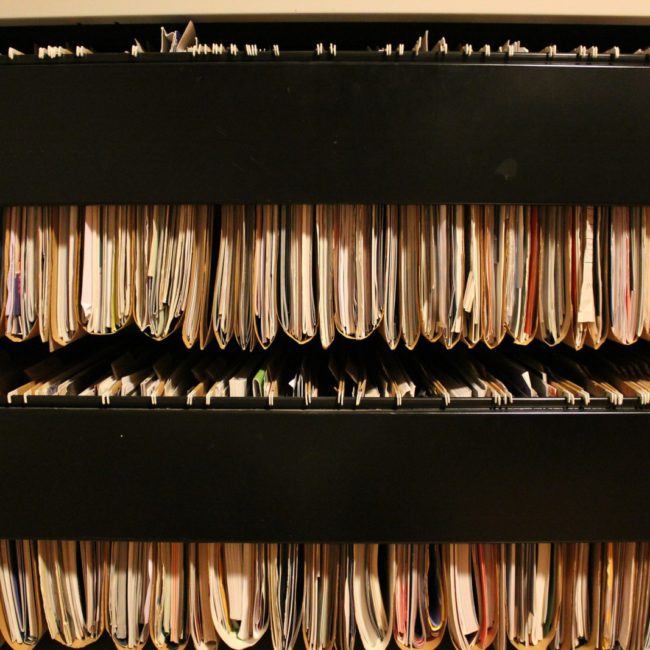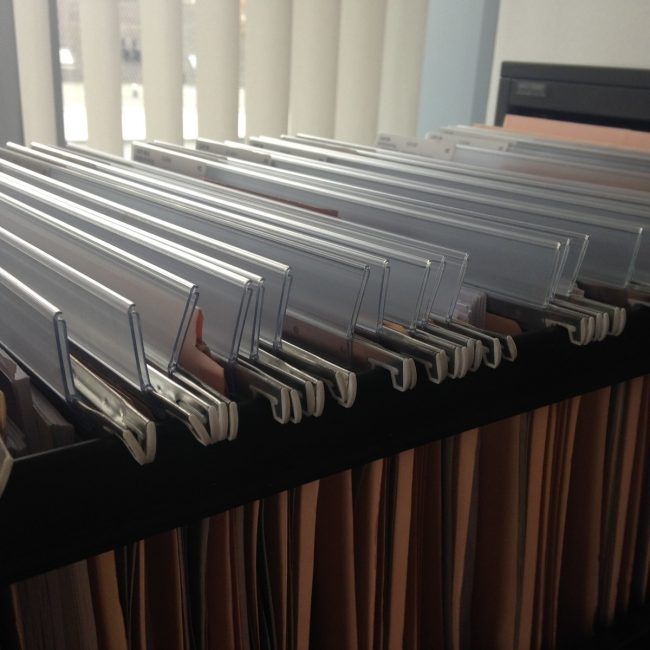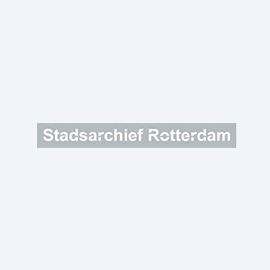1The kick-off meeting
First of all, the project manager initiates a kick-off meeting.
The project manager will be present during the meeting, as well as the image specialist and a Data-engineer.
The image specialist will go in detail about the technical aspect of the image. This means scanning and saving in the wished document format and structure. The Data-Engineer will focus on the connection and format of the meta data for the scans.
Besides, the project manager will give practical details about logistics, requests, contact persons and the delivery of reports.
2The development of the process in the Manual Substitute
The development and following of the Manual Substitute is required.
The manual must give an answer to the provisions as stated in the archive law act 26b. This act states that the following cases must been described.
a. The range of the substitute process, (for which archives is this substitute process applicable?).
b. The organization of the equipment with which will be replaced, the chosen settings and the peripheral device;
c. In so far as applicable the software and the chosen settings;
d. The criteria for the choice on reproduction in colour, grey tones or black and white;
e. The way reproduction is established, which in any case will be calculated with the formats, edits, meta data and, in so far as applicable, the choice of reproduction per batch of per piece;
f. The organization of the check on the correct and full display and the correction of mistakes;
g. The process of substitute of the replaced archives.
We are very experienced and will describe the whole digitalization process.
3Performing and submitting a pilot batch
After the approval of the Manual Substitute, we will start a pilot. We process only small amounts during the pilot phase.
A pilot is a full simulation of the process as described in the Manual Substitute. The goal of the pilot is to determine if the process satisfy. After the completion of the whole process, we deliver a data-set to check and accept.
Then the customer does a random check of the scans. Most of the time we advise to use the ISO2859 based on AQL-methodology to determine the size of the random check.
The pilot batch does also get used a lot to test ingest- and import workflow in E-depots. After formal approval of the customer, we start with the actual production process.
4Scanning process
Our project manager will scan the whole archive based on a planning. We follow the process the same way as described in the Manual Substitute.
The pre-process depends on the agreements and starting points. The pre-process includes in many cases the cleaning, the removal of staples and the structuring of the archives. The cleaning and structuring is a specialist job that also often needs substantive context and knowledge of the archives. For the customer it’s also possible to do this beforehand.
We start the actual process after the pre-process. We only use the scanners that meet the standards as described in the Manual Substitute
We do checks during and after the scanning process. The checks are based on the ISO2859/AQL method. When the scanning is finished, there will be an internal transfer to the department for post-process.
5Link the meta data
At the department post-process will the data engineer provide the scans of meta data. This is a specialist job as well. This will often need substantive context and knowledge of the archives.
Meta data can be distinguished in technical meta data and described, substantive meta data. The technical meta data contains amongst others information about with which equipment and with which software the scans are generated. In this way it is possible to reproduce the scans under the same circumstances.
The described meta data contains most of the time information about the specific archives. In the case of construction permits you can think of addresses, information about the applicant, date of application, date of decision, etcetera. We ‘file’ the substantive meta data out of the database files to one or more scans out of the batch.
The starting point is most of the time that the meta data is going to be enclosed in these files. This offers the required context of the file itself, so the file can be stored and offered from E-depots in a sustainable and platform independence way.
6Validating files and meta data
If the meta data is added, we check if the process has run smoothly. We check if the meta data is technically correct (valid and well formed) as well as if the correct meta data has been added to the specific file or range of files.
Besides, we check in terms of the completeness of the meta data, in which we make a report off all the granted meta data for a whole range of files. We see immediately if all the technical meta data has been added. In case of empty fields in the substantive meta data, we will do an automatized check to decide if this is an empty field in the database file what has been used as input.
After that we generate a hash file (for example, SHA-1) of the whole data set and we execute a copy action to an external data medium. After the process is ready, we check the data integrity of the data medium based on the hash file.
7Import in an E-depot
The customer will do a random check of the delivered scans after the commissioning. We again advise to use the ISO2859/AQL method to decide the size of the random check. The scans will be released for import after approval.
Depending on the situation, your organisation can decide to place the files in an internal or external E-depot for sustainable storage. Our customers will do similar checks as described in the previous step beforehand of this import.
You need to count on setting up a supposedly ‘declaration of substitution’ after a successful import.
Substitution must be done according to the process as described in the Manual Substitute. Our advice is to substitute according to the CA+ standard. You will guarantee that the personal data won’t be available. You can archive the CA+ prove of substitute and your declaration of substitute.






